25 Things You Should Know about Lyme Disease
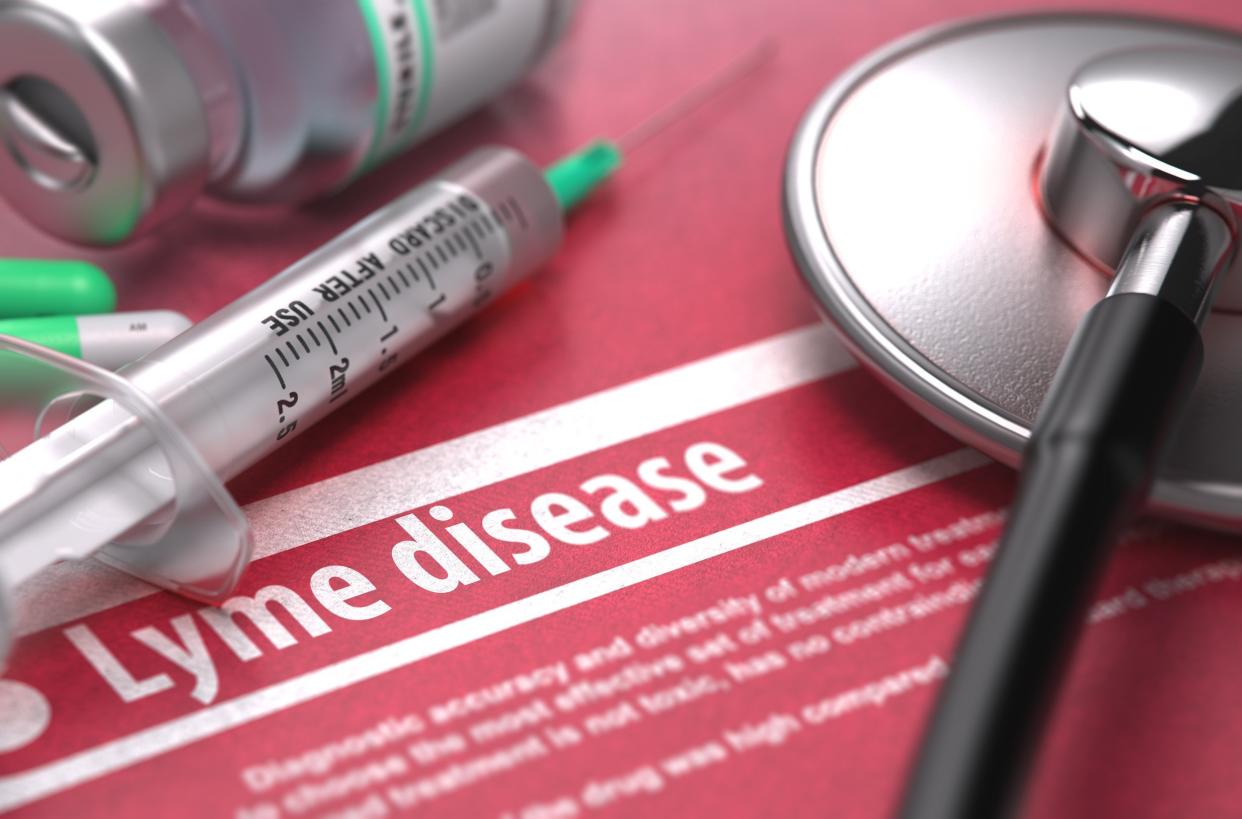
Transmitted by deer ticks, Lyme disease is the most prevalent vector-borne disease (an infection transmitted by insects) in the country, with possibly as many as 300,000 cases each year, according to the Centers for Disease Control and Prevention. Research from the Johns Hopkins Bloomberg School of Public Health has shown that the disease costs the U.S. health care system up to $1.3 billion annually. While complete recovery is possible in all but the rarest of cases, it's best to avoid Lyme disease altogether. Here are facts you should know, from prevention to diagnosis and treatment.
Related: Surprising Symptoms of Health Problems That Could Cost Thousands
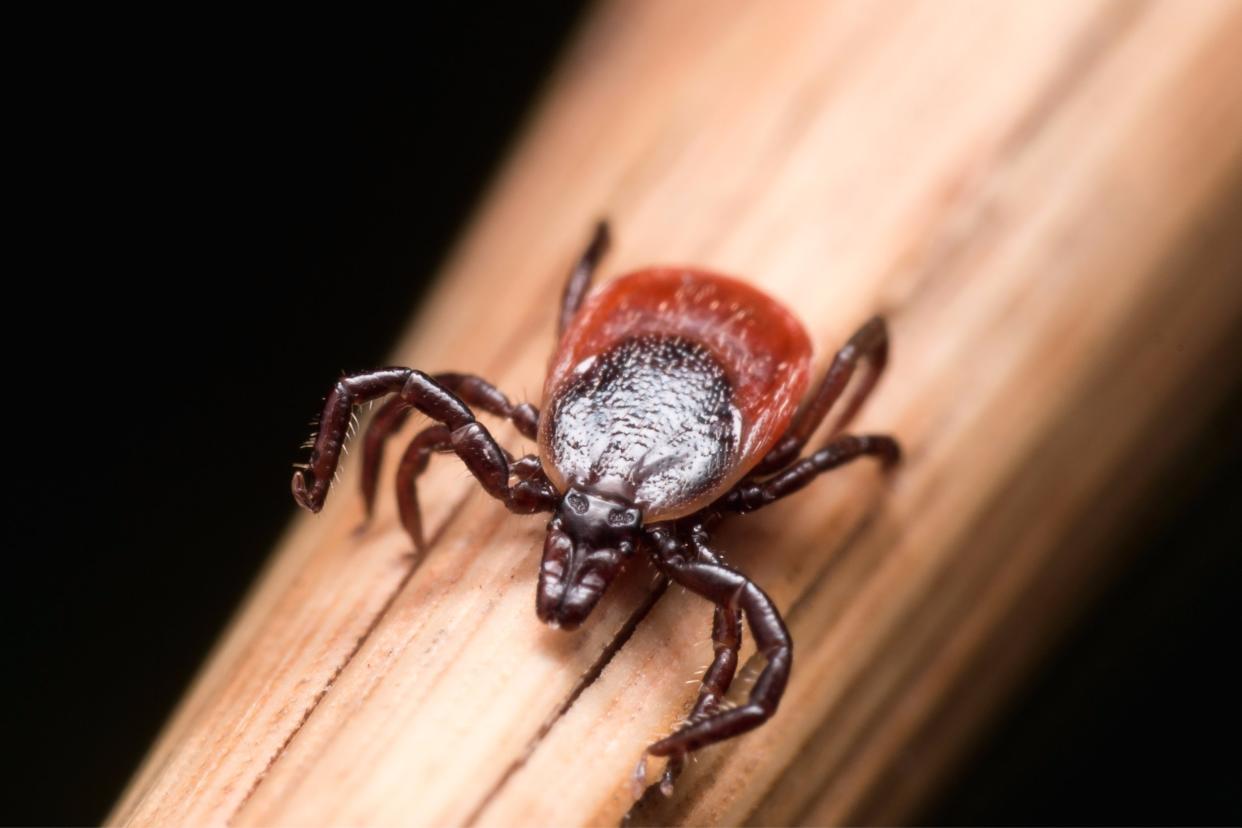
Lyme disease, caused by the bacteria Borrelia burgdorferi, comes only from the bite of the black-legged deer tick. There is no way to get it from anybody else. Since it's a bacterial infection, though, people can get Lyme disease more than once.
Related: Celebrities With Health Conditions You Didn’t Know About
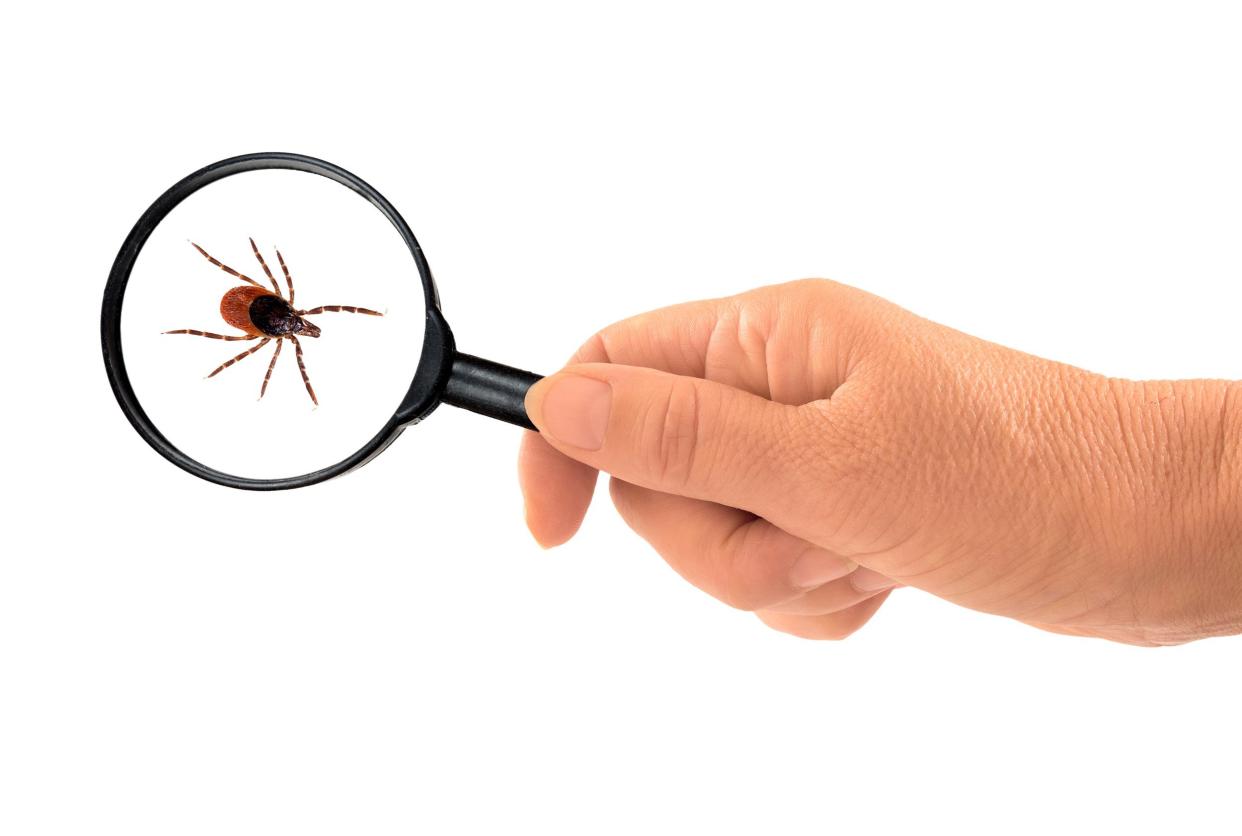
Black-legged deer ticks are tiny eight-legged arachnids that are the size of poppy seeds in their "nymph" stage and grow to about the size of sesame seeds as adults. When unfed, they are flat, but they become rounder and redder when gorging on the blood of mammals. They move by crawling; they don't fly or jump.
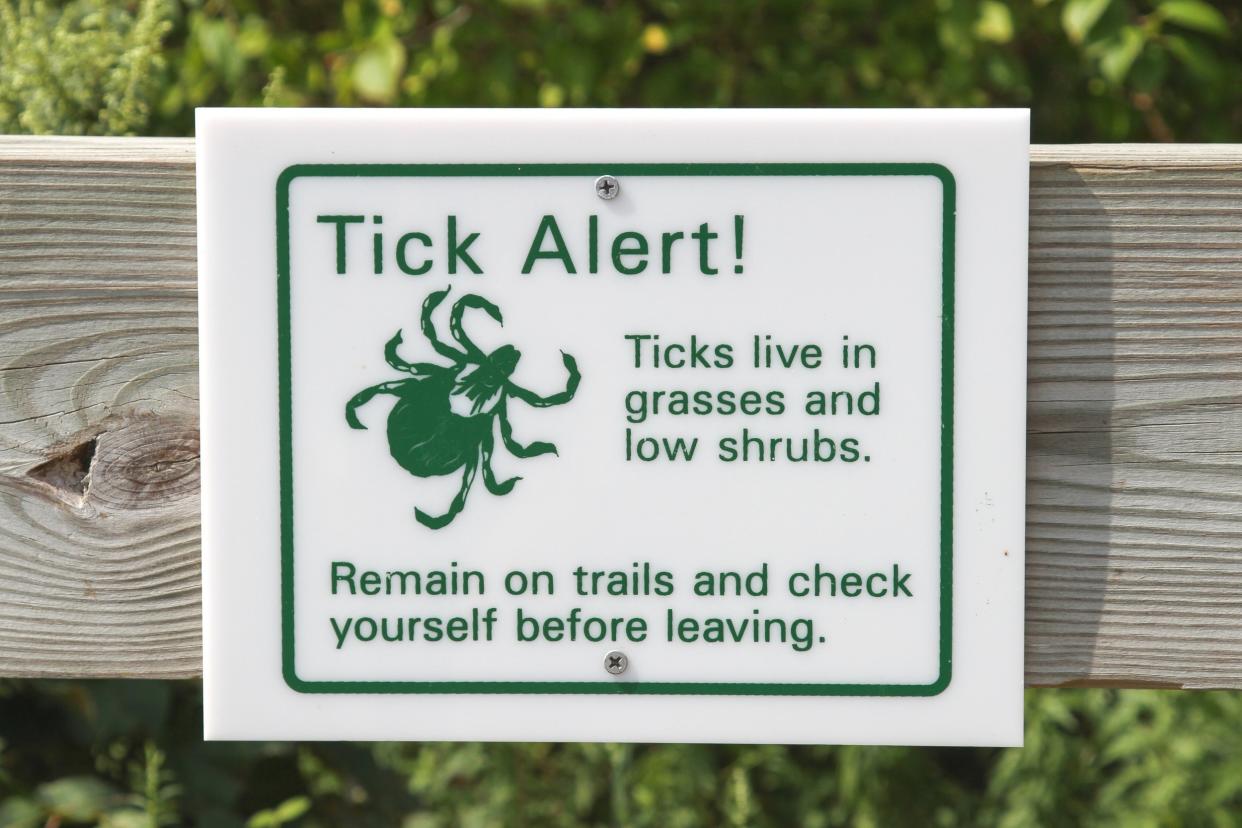
Most of the ticks that carry the disease can be found in woodlands, particularly where woodlands meet lawn. They live in tall grass and small shrubs, under groundcover, and anywhere you'd typically find rodents, such as woodpiles. Lyme disease used to be found only in western Wisconsin and between New Jersey and Connecticut, but now it's in most of the country — and as of 2018 reported in Canada too, as a result of climate change — though still most prevalent in the Northeast and Midwest.

It is thought that ticks first become infected as larvae, in late summer. The larvae attach themselves to small mammals, such as rodents, and feed off them for several days. If the rodent is infected, the ticks become infected too. The larvae are dormant over the winter and emerge as nymphs in the spring, looking for their next mammalian meal.
Related: Health Problems That Are More Common During the Summer
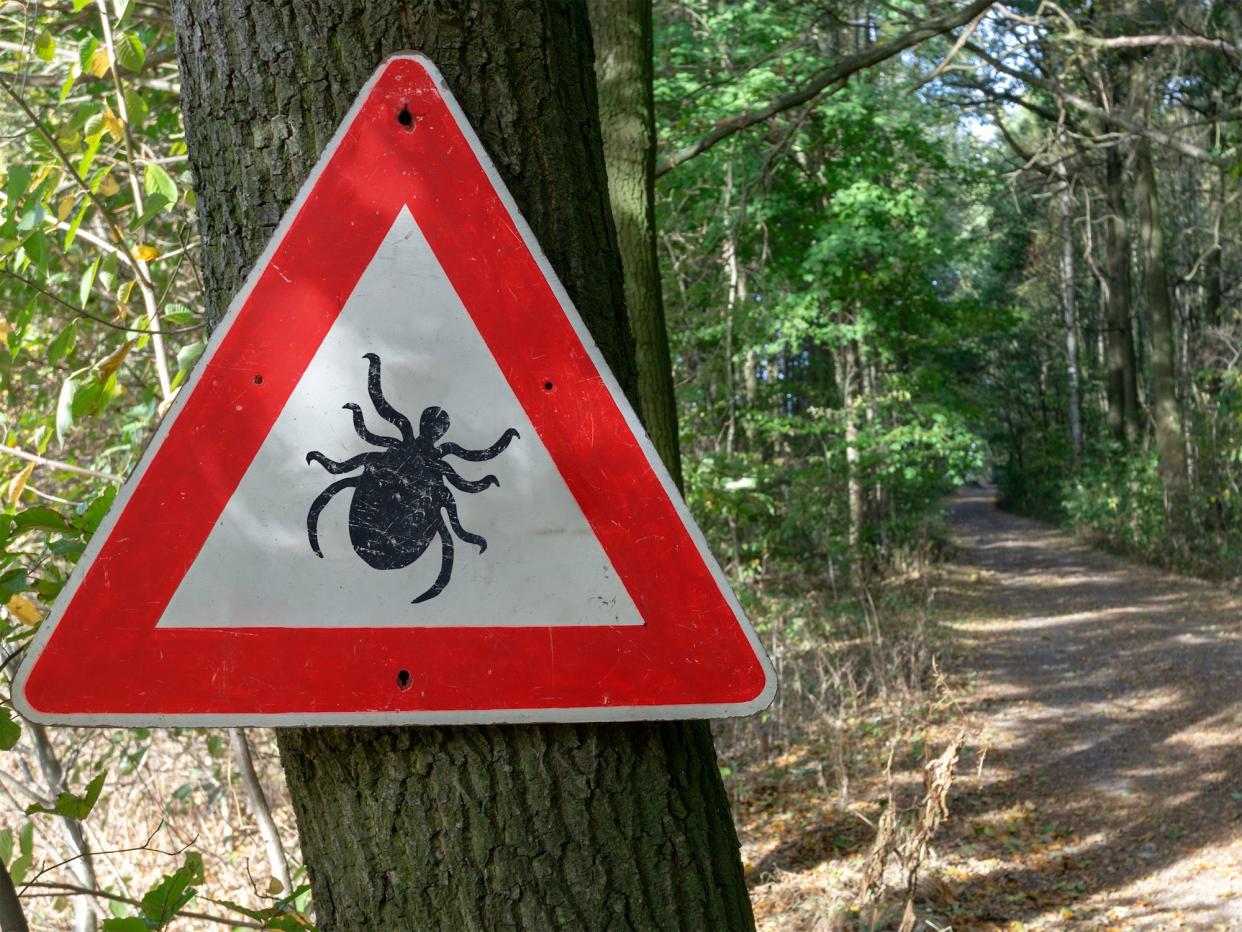
Although ticks are active anytime the temperature is above 45 degrees, most cases of Lyme disease occur from May through August. That's also the time of year ticks are in their nymph stage, so it is the tiny nymphs that probably cause the most infections. Adult ticks are more active in the fall, waiting for hosts in areas that are moist or shady, with grasses or shrubs no more than 3 feet above the ground.
For more stories like this, please sign up for our free newsletters.

Particularly mild winters mean fewer mice dying and thus more around to host dangerous ticks; while a brutal season of cold should kill off mice and therefore ticks, Pennsylvanians know weather fluctuations can't be relied on to help: The state led the country in new cases of Lyme disease for six years running, with rates rising despite frigid weather, The Pittsburgh Tribune-Review reported.
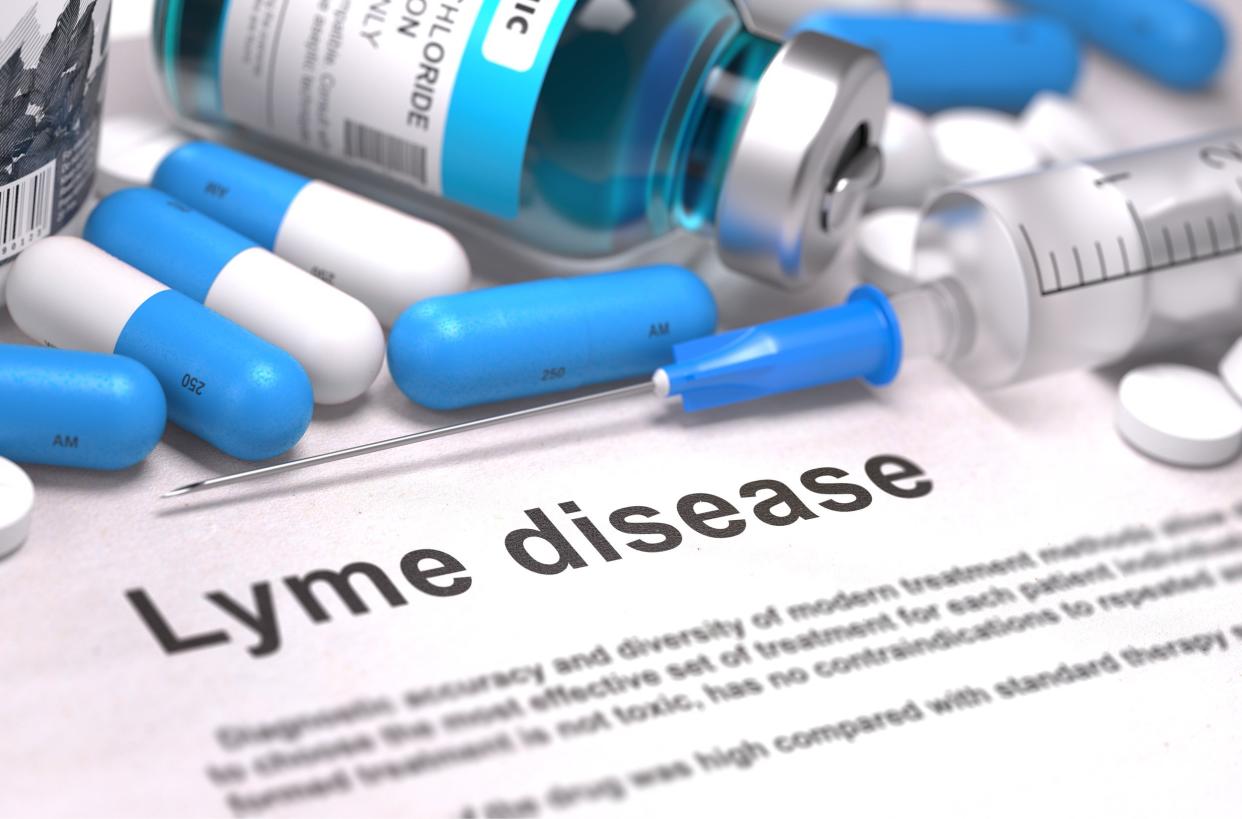
There is a Lyme disease vaccine for dogs but not for humans, although a French biotech company has been forging ahead with testing one — which may be available within another two to three years.
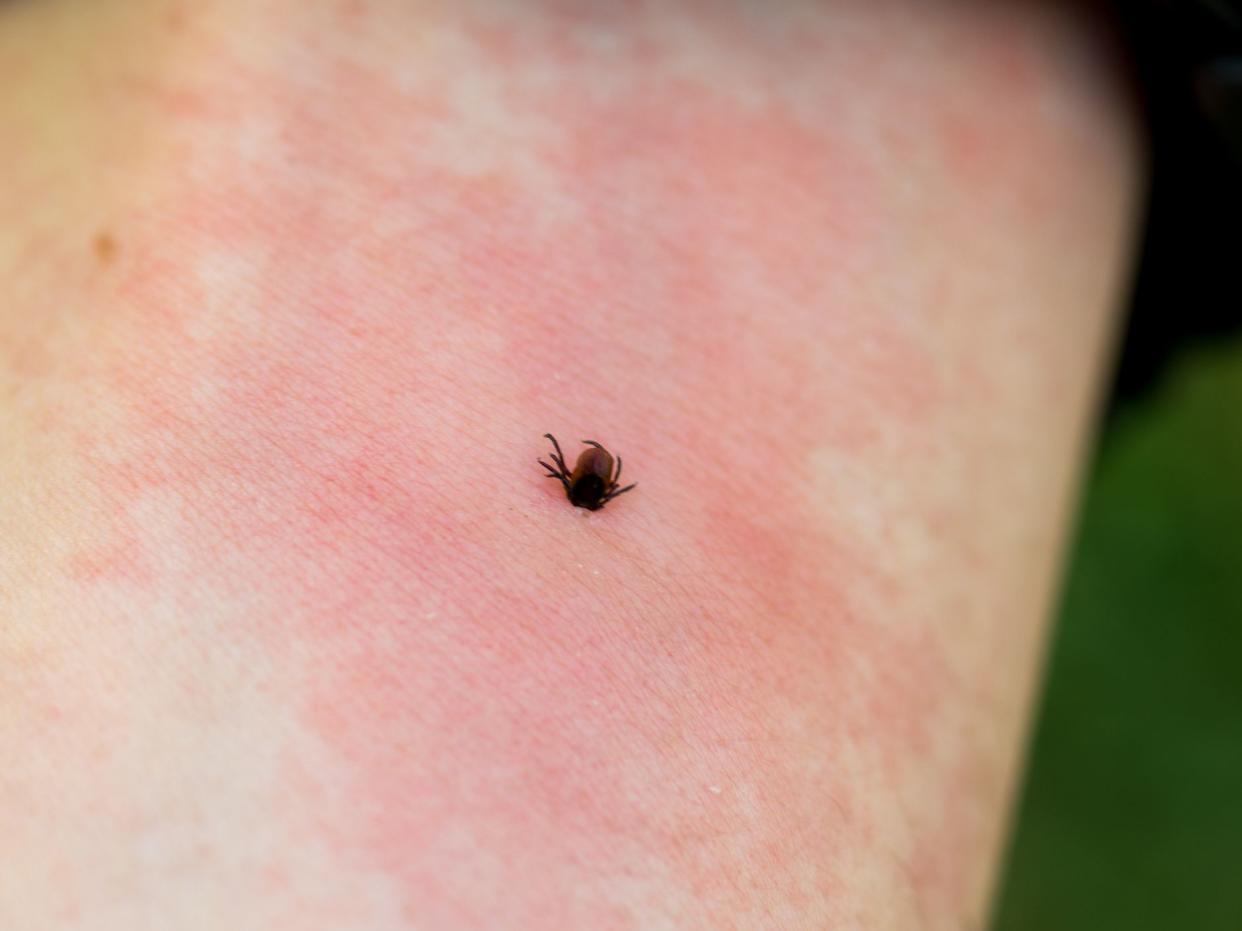
Ticks crawl around their host looking for a nice place to feed. This is likely to be a spot where the skin folds, such as underarms, inside elbows, or behind knees, or where there is hair, such as the scalp. The tick attaches its mouthparts deeply into its host and stays for several days. During that time, the parasitic bacteria pass from the tick to the host.

Stay away from areas with long grass, and keep to the trails when walking in the woods. Keep the lawn clipped short, don't sit on the ground, and keep play sets in the sun. Don't keep wood or leaf piles around the house. Ticks won't stay in wood chips, because they will dry out, so keep a perimeter of wood chips around the yard.
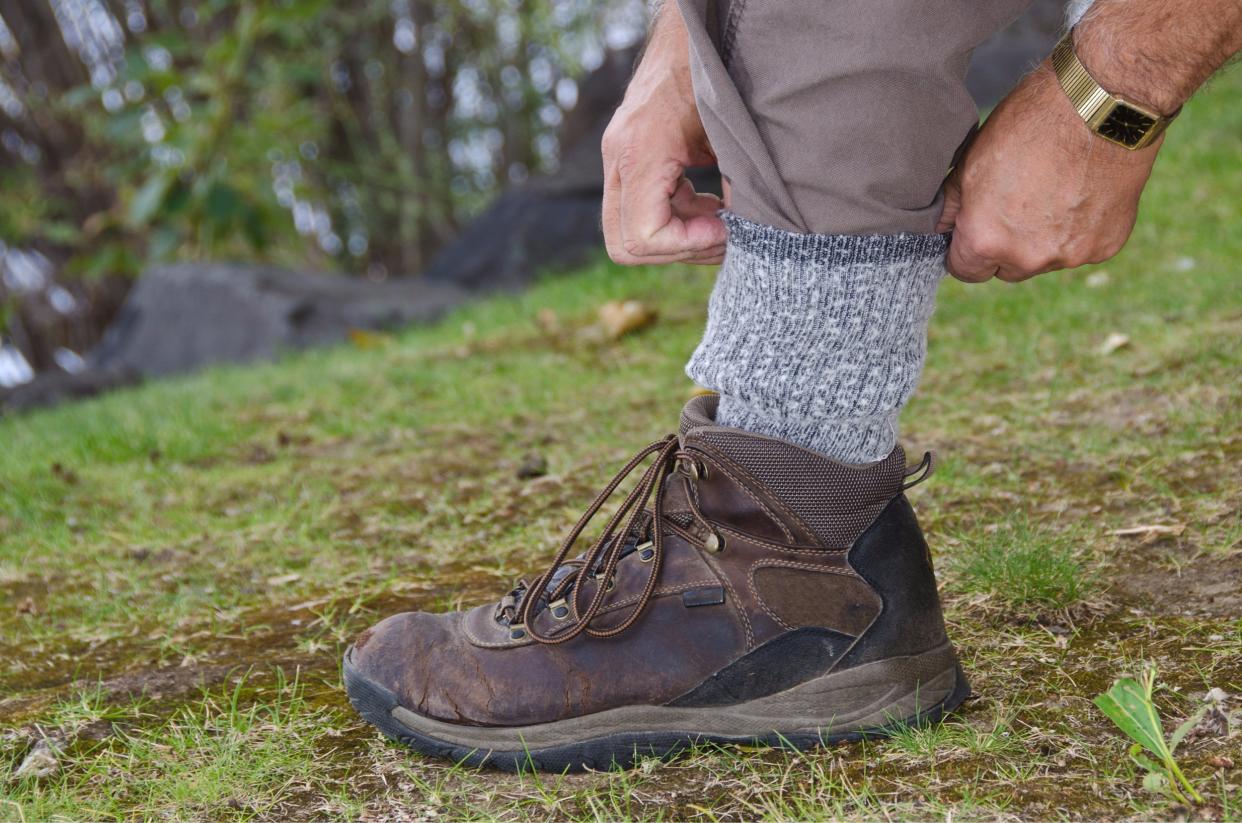
When going out into any environment where there is likely to be deer ticks, wear a long-sleeve shirt tucked into pants and pants tucked into socks. Wearing light-colored clothing makes it easier to see ticks. Take off clothing when you get home and wash it in hot water or put it in the dryer immediately. Take shoes off at the door.

To keep ticks at bay, spray clothing with a repellant that contains 20% or 30% DEET or permethrin (but don't use permethrin on skin). Permethrin can also be applied to tents and sleeping bags. DEET repellant can be used on exposed skin; just avoid the mouth, eyes, and nose. While there is some evidence that DEET doesn't work, the CDC and other entities maintain that it does. Don't use DEET on babies under 2 months and use with caution on older children.
Related: We Tried 4 Bug Sprays and This Is the Best

Some people say natural methods repel bugs as efficiently as more pernicious repellants. Others are somewhat less certain of their efficacy, but they might be worth a try for people who are adamant about avoiding harsh chemicals. Essential oils can be applied to skin and clothing, or mixed with witch hazel to make a spray. The oils that are most effective against ticks are pennyroyal, lemongrass, eucalyptus, and citronella.

There's a thought that it's a good idea to bring a lint roller along when hiking or camping. Use the kind with adhesive on it, and roll it periodically over clothing. That way, if any ticks have brushed up on you, they will come off before they get onto your skin.

Taking a shower immediately on coming into the house is another way to remove ticks that haven't attached yet. Use a scrubby sponge or rough washcloth to brush them off.

Either before or during the shower, check every part of the body methodically for ticks, visually and with the hands. Particular places to check are around the ankle where socks end, up the legs, behind the knees, the groin area, underarms, neck, scalp, and behind ears.
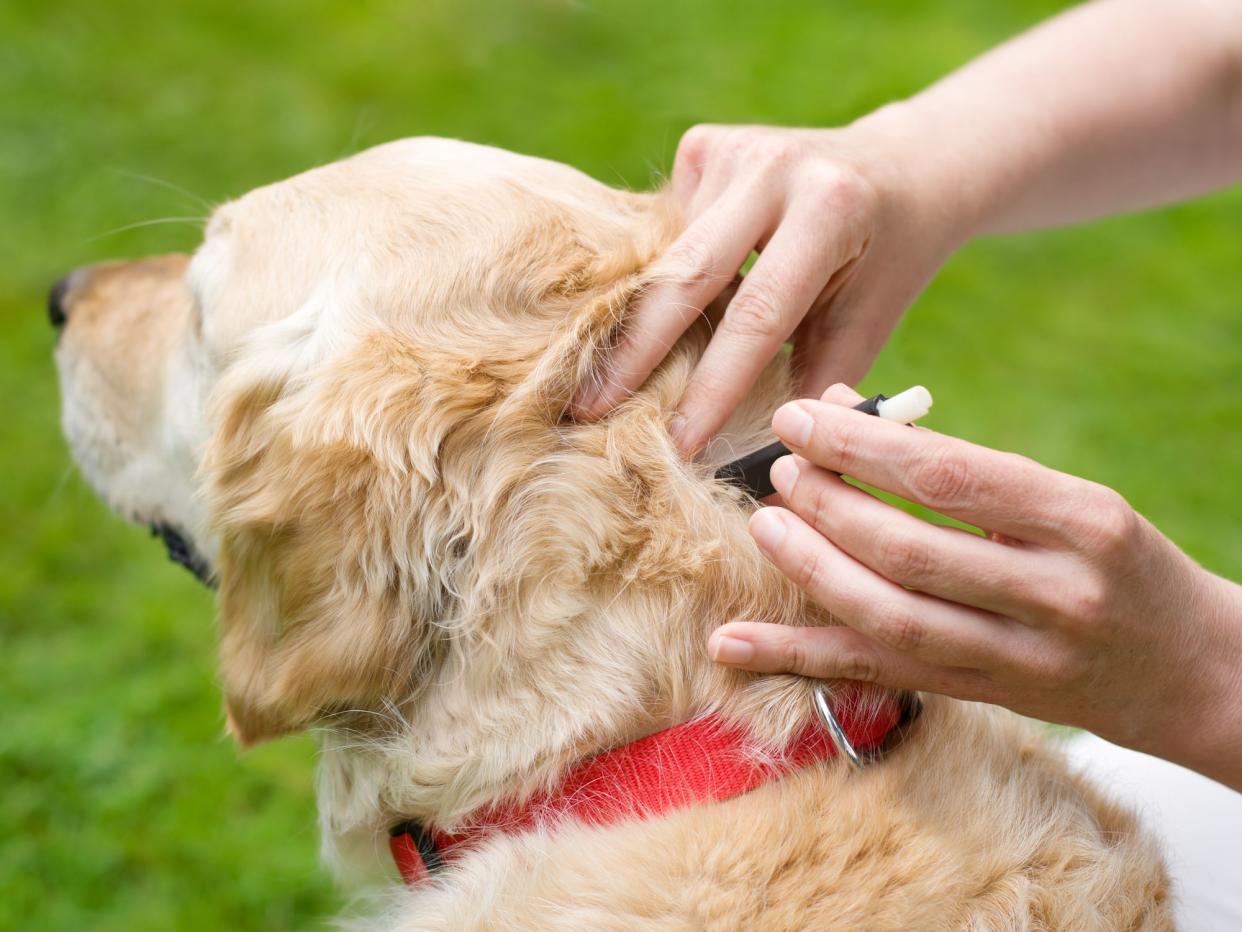
Dogs are especially prone to getting bitten by ticks and should be checked after they've been outside, even if they have a collar or spot-on treatment. Check ears, under the collar, between toes, under legs, and basically everywhere a human would be checked. Running a fine-tooth comb through the dog's fur may help catch any lurking ticks.
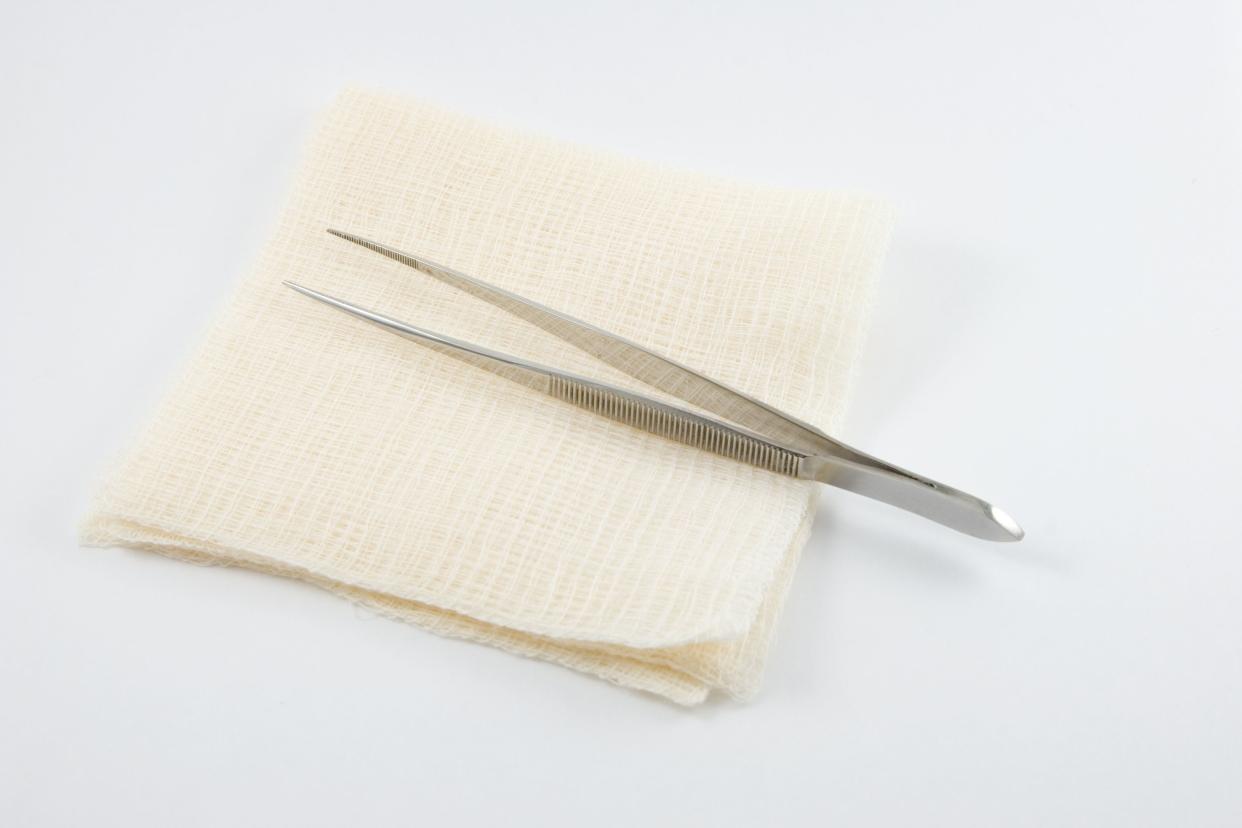
To remove a tick immediately, hold pointy tweezers right where the mouthparts connect with the skin and pull upward slowly. Dispose of the tick in the toilet or put it in a zip-top bag with alcohol. Clean the bitten area with alcohol, soap and water, or another antiseptic.

There are many old wives' tales about things you can put on ticks that will make them "back out." But they won't back out — once attached, they stay that way until they are good and ready to leave, unless they are pulled out. So forget the nail polish and petroleum jelly — they don't work. Don't try to burn the tick with a match, either.
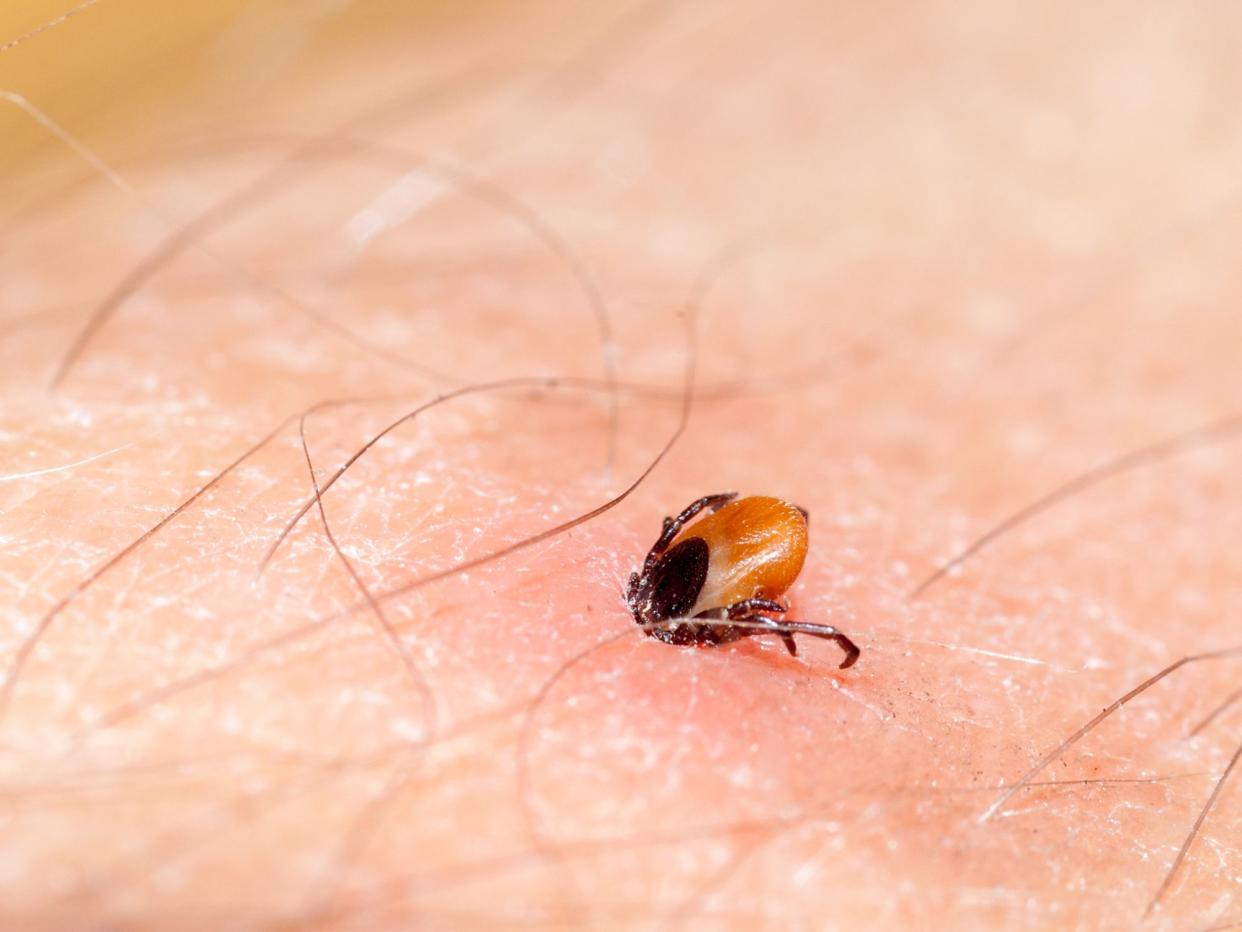
No. Not every tick is infected, and many people believe ticks need to be attached to their host for at least 24 hours before the bacteria is transmitted. (Scientists have their doubts.) That's why a tick check is so important.
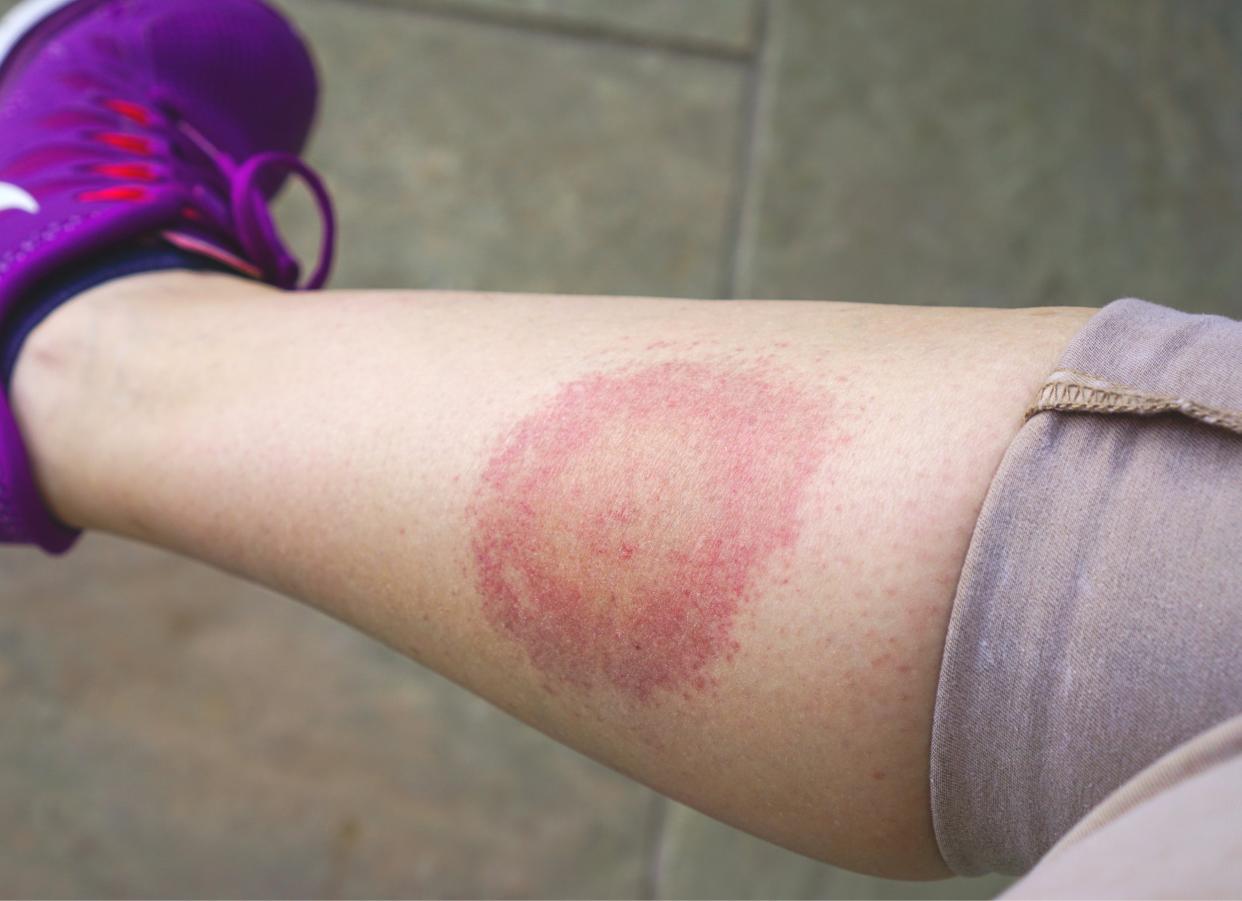
Chances are, if the tick was caught right away, nothing will happen, but watch for a rash developing in the area. The rash won't be itchy, but visually it's hard to miss — an expanding red area (up to 12 inches across) with a clear center, like a bull's-eye. It can appear up to a month after the bite.

Aside from the rash, infected people may feel like they have the flu, with fever, chills, achiness, and fatigue. If this happens, get to the doctor as soon as possible. Early Lyme disease can also produce Bell's palsy (facial muscle weakness or paralysis), severe headache, fainting, shortness of breath, or heart palpitations. A condition called Bannwarth syndrome also brings paralysis and pain.
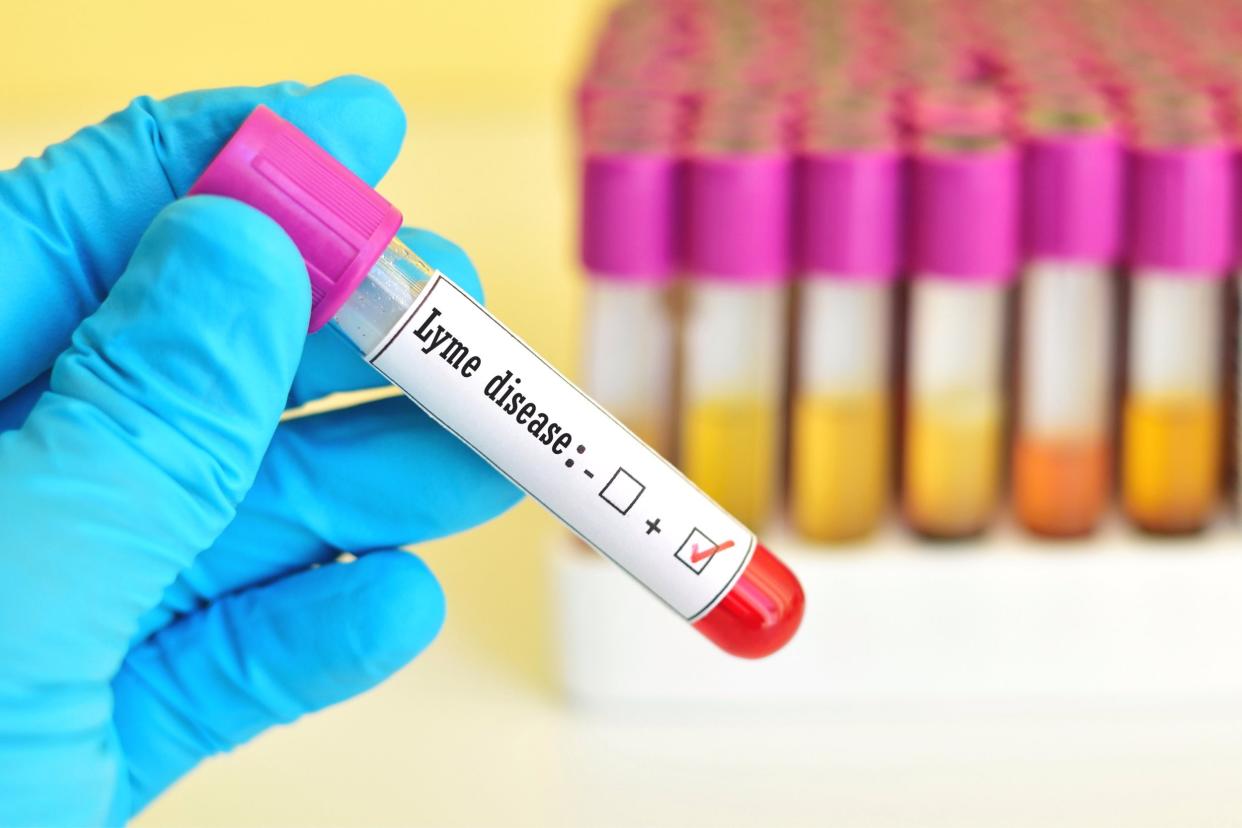
Doctors usually treat people for Lyme disease if they have been in a tick-infested area recently and have any of the early symptoms. The most common tests confirm the presence of antibodies produced to fight the bacteria, so they can't be run until several weeks after the infection, when the antibodies would show up.

If left untreated for a while, the infection can spread to the heart, the brain, or the nervous system. It can cause cognitive impairment, depression, memory loss, muscle aches, neuropathy, or heart problems.

In rare cases, Lyme disease becomes chronic. This usually happens when it goes undetected for a year or more and is not treated. It can be misdiagnosed as an autoimmune disease such as fibromyalgia, multiple sclerosis, or a host of other diseases.
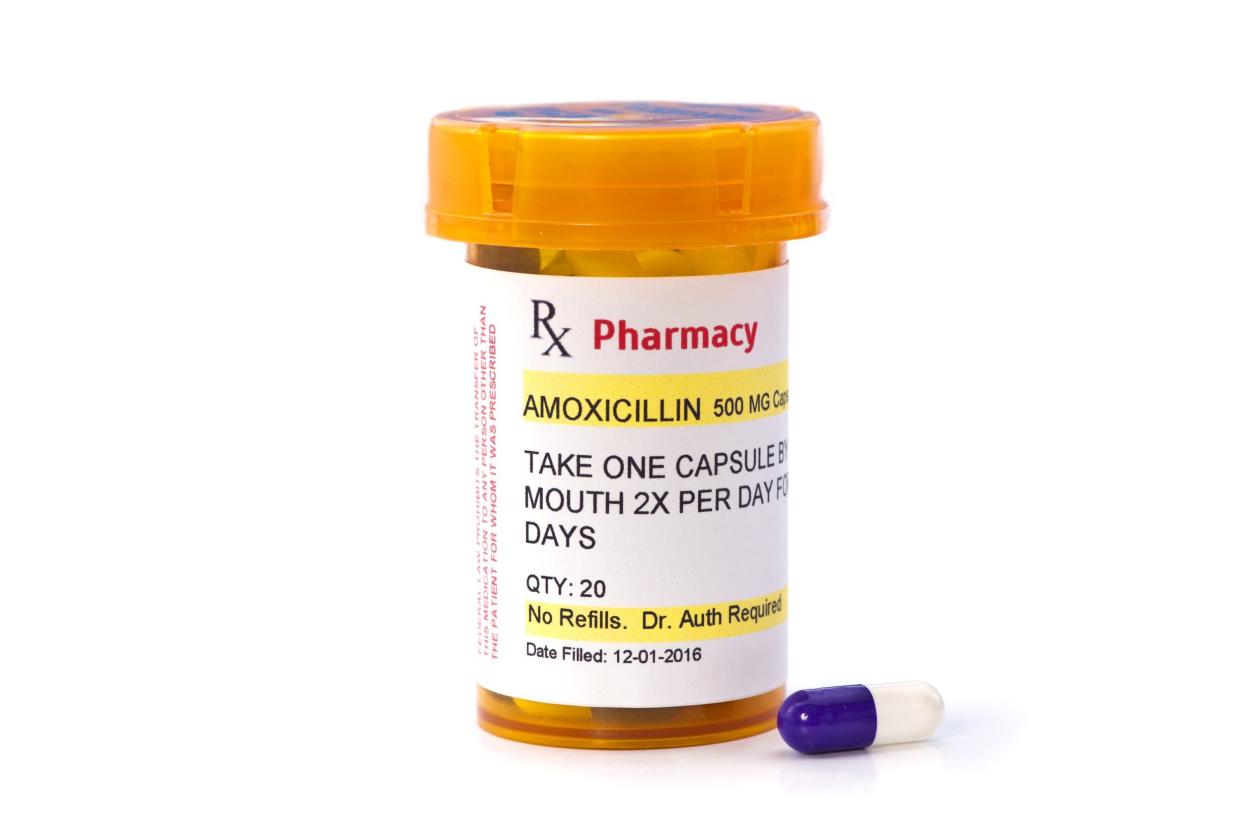
There is disagreement among professionals about the best way to treat Lyme disease. But experts generally agree that a course of antibiotics is almost always effective if the infection is caught early. Patients who don't realize they have Lyme disease and let it go might need many weeks of antibiotic treatment.
Discover more health and wellness coverage right here.
